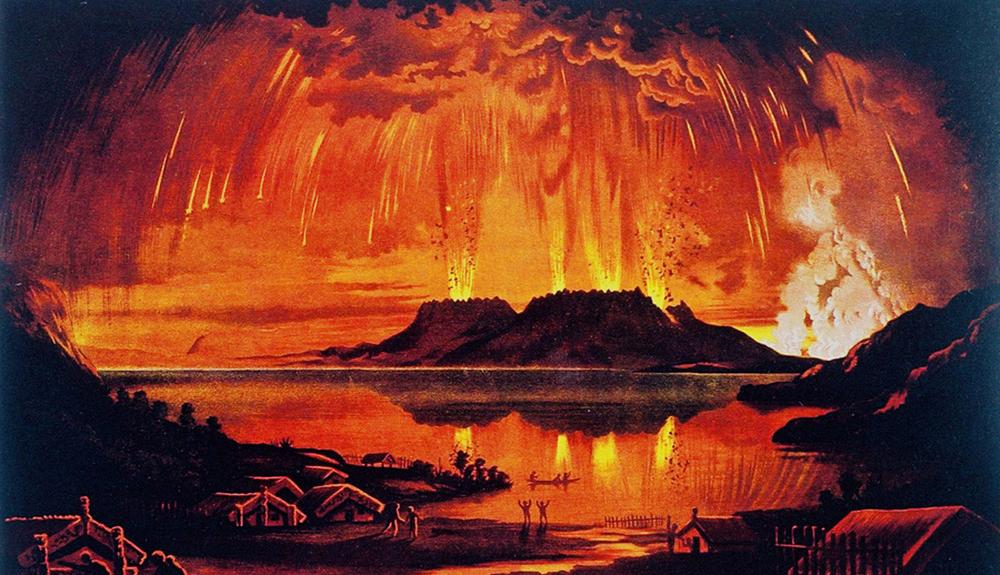Traffic is bad, the job is a drag, prices are rising, wages are stagnant—and on top of all that, a volcano might reduce Planet Earth to a “pre-civilization state,” some scientists claim, adding that such an eruption might be overdue.
Researchers at Bristol’s Schools of Earth Sciences and Mathematics in the UK estimated how often the largest explosive “super-eruptions” happen. It turns out, a lot more frequently than previously thought.





